The black particles that you see in your water are a result of granular activated carbon (GAC), the active ingredient in our filter. The charcoal-like particles are harmless but can occasionally break off from the filter media due to movement or agitation in the filter. These smaller pieces may pass through the filter and appear in your water, giving it a black hue. They are not harmful to consume, however, if you find the discoloration to be bothersome, we recommend running your water through several cycles until all of the particles have been filtered out.
The black particles are part of the filter’s core technology, which
- Helps to reduce harmful contaminants like chlorine, lead, mercury, and pesticides.
- Includes ion exchange resin, which is a material that binds with metals like copper and zinc and removes them from your drinking water.
- Contains activated carbon block media which traps particles in order to remove any odor or taste left behind by the other filtration elements.
- Is effective at removing dirt and sediment.
Reasons For Blackened Water
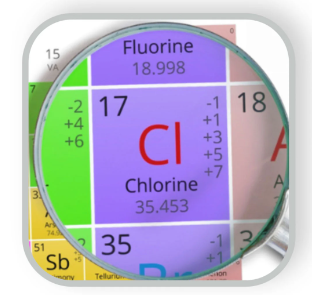
High Levels Of Chlorine And Fluorides: Chlorine and fluoride are added to municipal water supplies in certain amounts as standard. But after long exposure, and without proper filtration, these chemicals may accumulate in the pitcher and lead to discoloration of the filtered water.
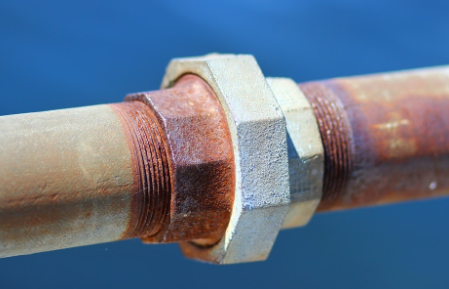
Corrosion From Plumbing Fixtures: An older plumbing system or fixtures made of certain metals can cause the water to become discolored.
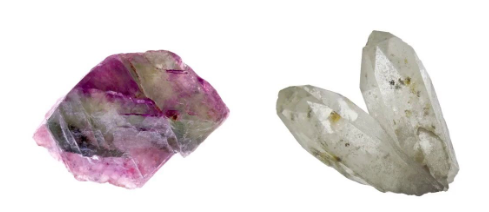
Hardness Minerals: High levels of magnesium and calcium are two of the most common hardness minerals. Mineral traces can accumulate on the filter media and leave behind a black residue that appears in your water.
Poorly Maintained Filter: Not replacing a PUR water pitcher filter regularly or neglecting to clean and maintain it could lead to blackness.
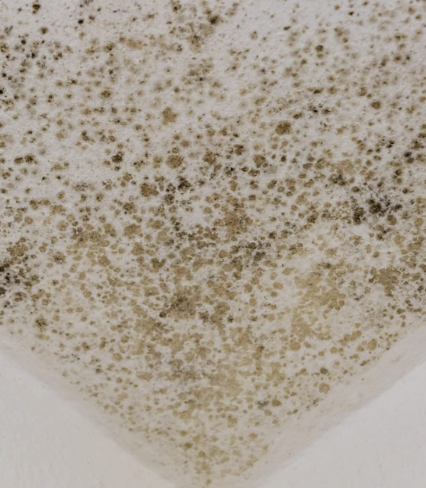
Mildew: Black mildew can form inside the filter due to its damp environment, leading to a black discoloration when it is flushed through the system. It will also reduce its efficiency.
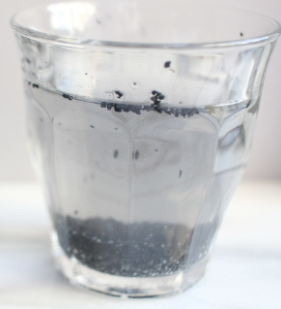
Activated Carbon: The black particles in the water are a result of activated carbon, which helps to trap impurities like chlorine, lead, and other heavy metals from entering your drinking water.
Black Sand In Water: If the pitcher is used to filter out black sand, it can collect on the media and appear in your drinking water.
Other Sediment Particles: Smaller sediment particles can sometimes pass through the filter and give the water a black hue.
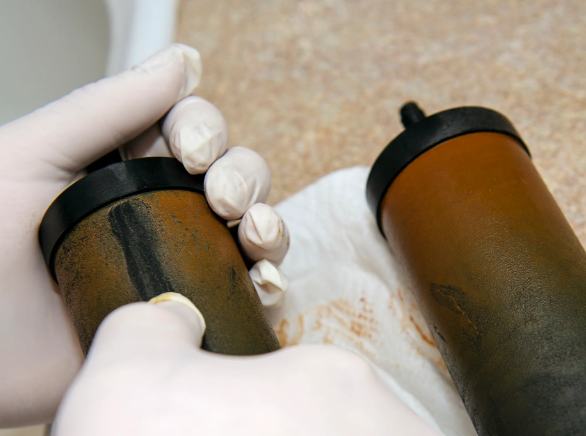
Old Filter: An old filter can become clogged with contaminants and bacteria, resulting in a blackening of the filter.
Methods Of Getting Rid Of Loose Activated Carbon Particles
Change The Filter Regularly: Regularly changing the filter is one of the best ways to reduce loose activated carbon particles in your water filter pitcher. This ensures that all the contaminants and particles are removed from the water, so fewer pieces of activated carbon will escape into the filtered water.
Rinse Out Filters Before Replacing: Before replacing a filter, give it a thorough rinse to remove any loose activated carbon particles that may have accumulated over time. This will help prevent the particles from ending up in your filtered water.
Use Pre-Filter Cartridges: Using pre-filter cartridges can also reduce the amount of loose activated carbon particles that end up in your water.
Type Of Activated Carbon Used In Water Filter Pitchers
Activated Carbon Block Media: This media is specifically designed to reduce chlorine taste and odor from your water, as well as trap particles like dirt and sediment.
Ion Exchange Resin: This resin binds with heavy metals such as copper and zinc and removes them from your drinking water.
Granular Activated Carbon (GAC): This type of activated carbon is designed to trap organic compounds and reduce their presence in your drinking water.
Activated Carbon Impregnated Resin: This resin contains GAC and is used to reduce the presence of chlorine, lead, and other heavy metals in your water.
Sources Of Activated Carbon Used In Water Filter Pitchers
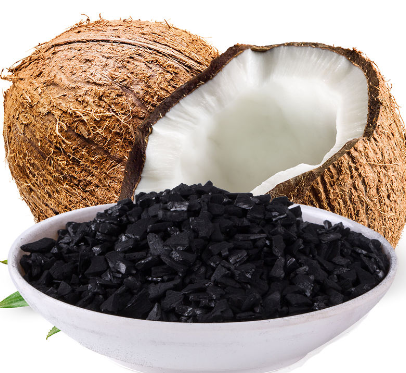
- Coal
- Coconut Shell
- Wood
- Peat
FAQs
How Often Should You Clean Your PUR Water Filter Pitcher?
- You should clean your PUR water filter pitcher before every use. Rinse both the outside and inside of the pitcher thoroughly with warm soapy water and replace any worn-out filters or components.
- Keep it dry when not in use.
- Replace your PUR filter every 2 months or 40 gallons of water filtered.
Is The PUR Water Filter Pitcher Dishwasher Safe?
Yes, the PUR water filter pitcher is dishwasher safe.
Conclusion
PUR water filter pitchers offer a clean and safe drinking water experience. To ensure that it continues to function properly, regular cleaning and maintenance should be carried out. Drinking clean, healthy water is essential to your health and this can be achieved by taking proper care of the filter that provides it. So make sure you keep an eye on any signs of blackening and take appropriate action as necessary. If you are unsure about how to clean or maintain the filter, then it is best to consult the manufacturer’s guidelines for guidance.

Meet Nigel Pearson, a water filter enthusiast with a background in molecular biology. He’s all about making sure we have safe drinking water, and he’s got a bunch of interests that tie into it – think science, technology, plants, and genetics.
Imagine someone who loves learning how living things work on a tiny level – that’s Nigel. He’s studied how genes and molecules come together to make life happen. But what really caught his attention is how living things adapt to their surroundings.
Nigel didn’t stop at just learning about this stuff – he decided to use his smarts to help solve a big problem: how to get clean drinking water for everyone. He writes cool blog posts that explain tricky science things in simple words. You’ll get to read about stuff like how plants can help clean water, or how new inventions are changing the way we purify water.
But it’s not just about science and tech for Nigel. He truly cares about people and their need for safe water. Every blog post he writes shows how much he wants to make a difference. By sharing his knowledge, she wants to get more people thinking and caring about clean drinking water.
